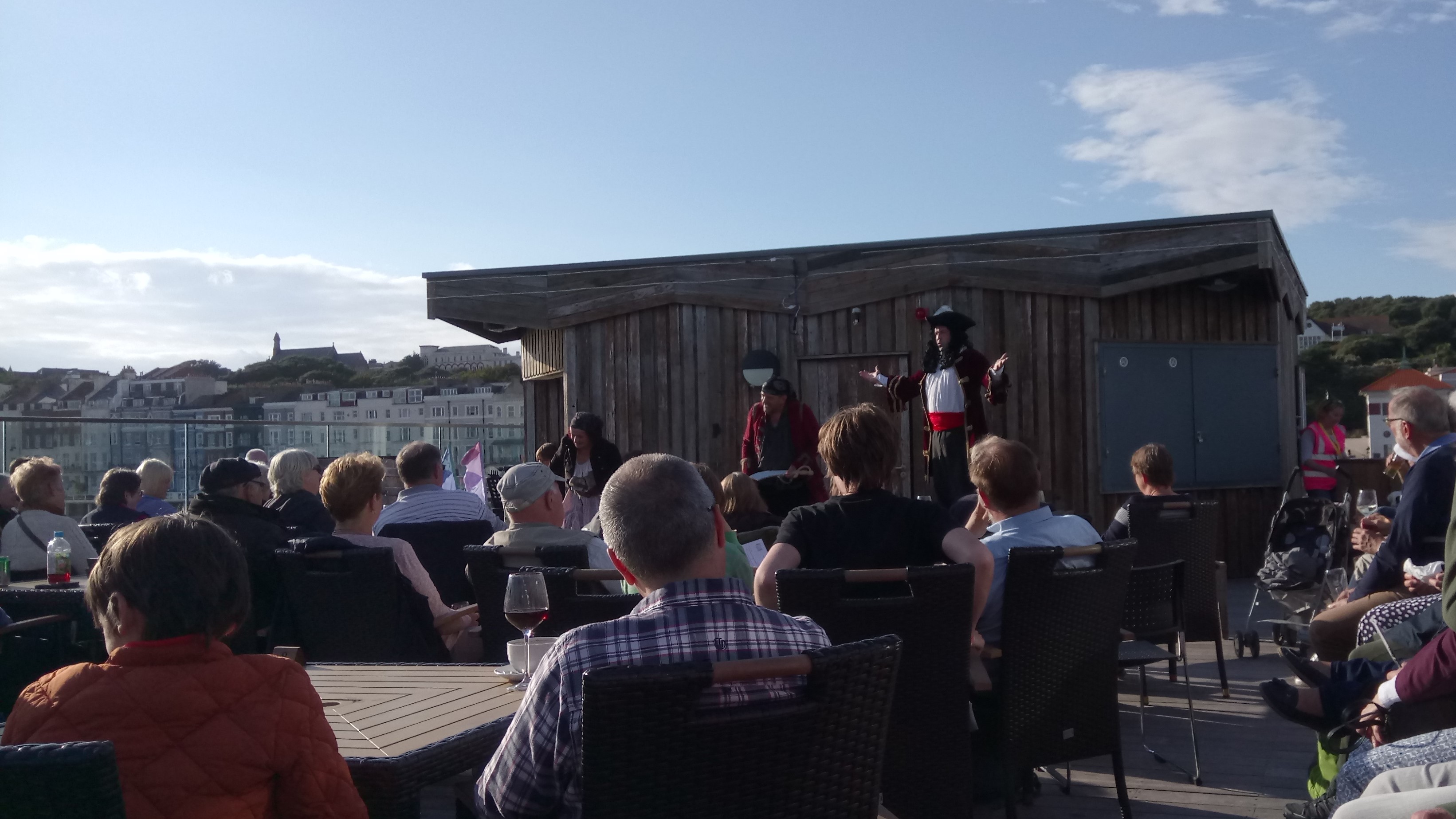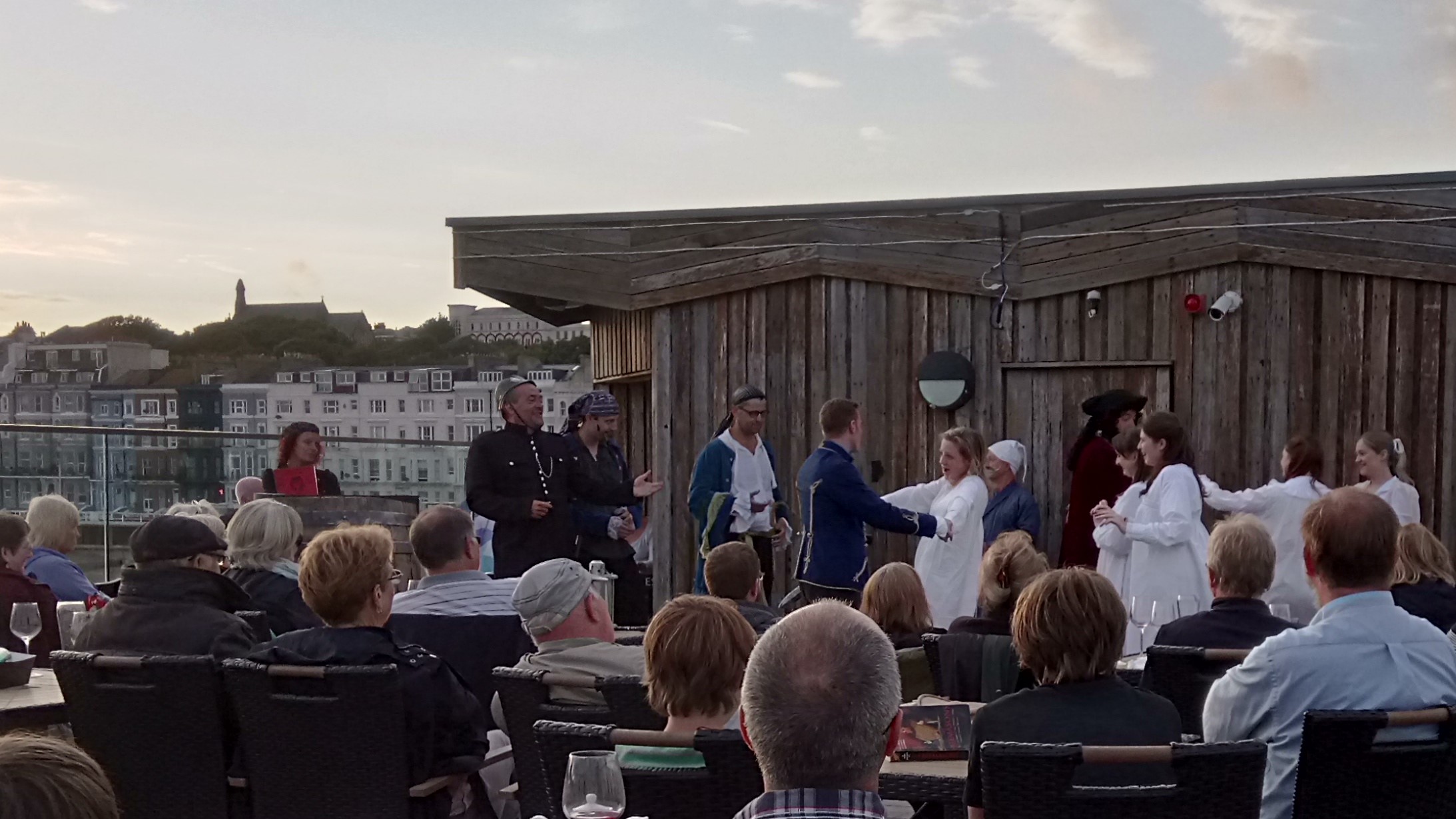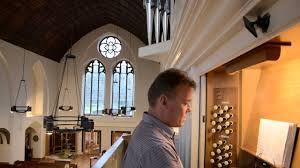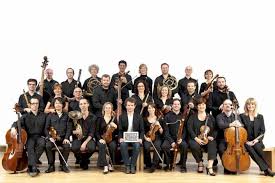Opera Anywhere, Hastings Pier, Thursday 10 August 2017
I can’t recall any opera on Hastings Pier since Glyndbourne staged their first community opera here back in 1990, so an outdoor production of The Pirates of Penzance from Opera Anywhere was doubly welcome. Happily the early promised rain did not materialise and the pier was bathed in evening sunlight with magnificent views in all directions.
At first the idea that the event was to be staged on the upper deck seemed a little strange but this is only because the pier itself is so vast. The upper deck easily held an audience of 100, many of them at tables, and there was still more than enough space for the company and musicians. The other great benefit was the lack of any need for amplification. With the wood panelling behind, the singing voices carried very well and there were only a few moments when spoken words disappeared, particularly if the soloists were sitting.
There was, needless to say, no full chorus, but the intimacy of the space meant that the singers made even greater impact. This was impressively so from Major Stanley’s daughters who giggled and squealed magnificently as well as singing with precision and clarity. The bluffer pirates held their own, led by Miles Horner as a suitably grandiose Pirate King. Tristan Stock’s Frederick provided a lyric tenor lead and was genuinely moving in both his duets with Susanna Buckle‘s Mabel and the stirring act two trio with Ruth and the Pirate King. Vanessa Woodward’s Ruth allows us to laugh at her as well as with her but she never becomes the victim she so easily can. Mike Woodward’s Major General took a little while to get into his stride but his self-importance and cunning soon shone through and one of Gilbert’s most biting creations came fully to life. Mark Horner’s Sergeant of Police was as fine as I can recall, singing the part with lovely attention to detail but always remaining fully in character. It was a treat, even if he had to put up with three very giggly officers (and in night-gowns as well!)
Accompaniment was provided by Nia Williams on the keyboard with woodwind from Nick Planas who also provided the arrangements. As with the singers, it was good to have live rather than amplified sound and Sullivan’s score came across with surprising ease.
There was to be another performance on the next evening. Let us hope that the success of this outing encourages a return – and maybe Hastings will become recognised for more than just its Pirates!








